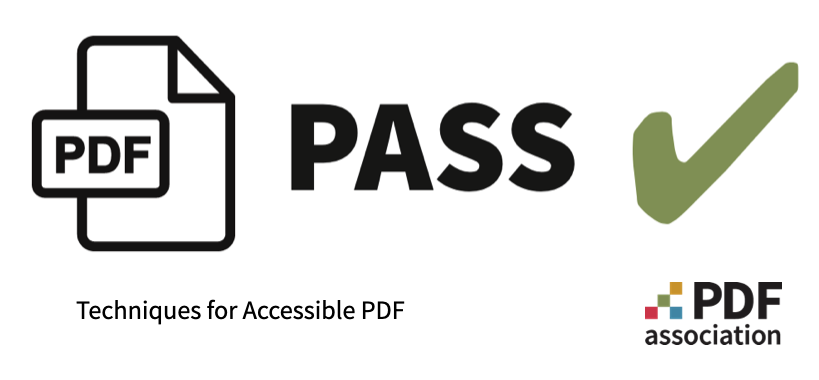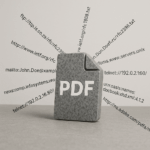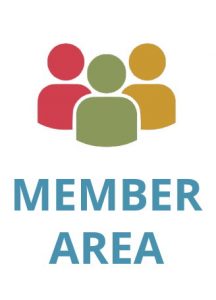BETA release
H_05 Heading levels correctly not skipped
PDF122, PASSUse case(s): Headings
Last updated on October 23, 2025
Description
The objective of this technique is to show how to use heading tags to provide a logical heading hierarchy to facilitate non-visual access to the content in a document.
In order to ensure a reliably navigable document, PDF/UA-1 prohibits skipping heading levels. In this case, the tags use H1 followed by H2 even though the second heading visually appears to be a third-level heading.
Download(s)
These minimal examples are designed to express a single Technique. Effective use requires software that supports Tagged PDF.
Test(s)
Expected Results
Checks #1 to #7 are all true.
Procedures
- Check that all fundamental techniques are followed.
- Check that all real content that the author intends as a heading is tagged as a heading.
- Check that heading tags are not used when the author does not intend a heading.
- Check that either:
- only Hn tags are used, or
- only appropriately-nested H tags are used.
- Check that the first Hn tag, if any, is an H1.
- Check that the heading levels are appropriate to the content hierarchy of the document.
- Check that no heading levels are skipped.
Application to WCAG 2.x
This Technique addresses the following WCAG 2.x Success Critieria:
Matterhorn Protocol
The Matterhorn Protocol 1.1 provides an algorithm for conformance with PDF/UA-1. Matterhorn checkpoint(s) (human or machine) relevant to this use-case:
 01-006
01-006 14-001
14-001 14-002
14-002 14-003
14-003
Accessibility Technique Support Finder
Accessibility Technique Support Finders allows you to quickly locate software and services that claim to support a given Technique. Simply search the internet with a given technique’s finder together with the name of your product.
The technique finder for this Technique is: UA1_Tpdf-H_05
NOTE: the “technique support finder” concept was introduced in January 2025; please allow time for adoption.

Related Techniques
All use cases
Visit the PDF Accessibility LWG’s public GihHub repo
List of All Techniques



